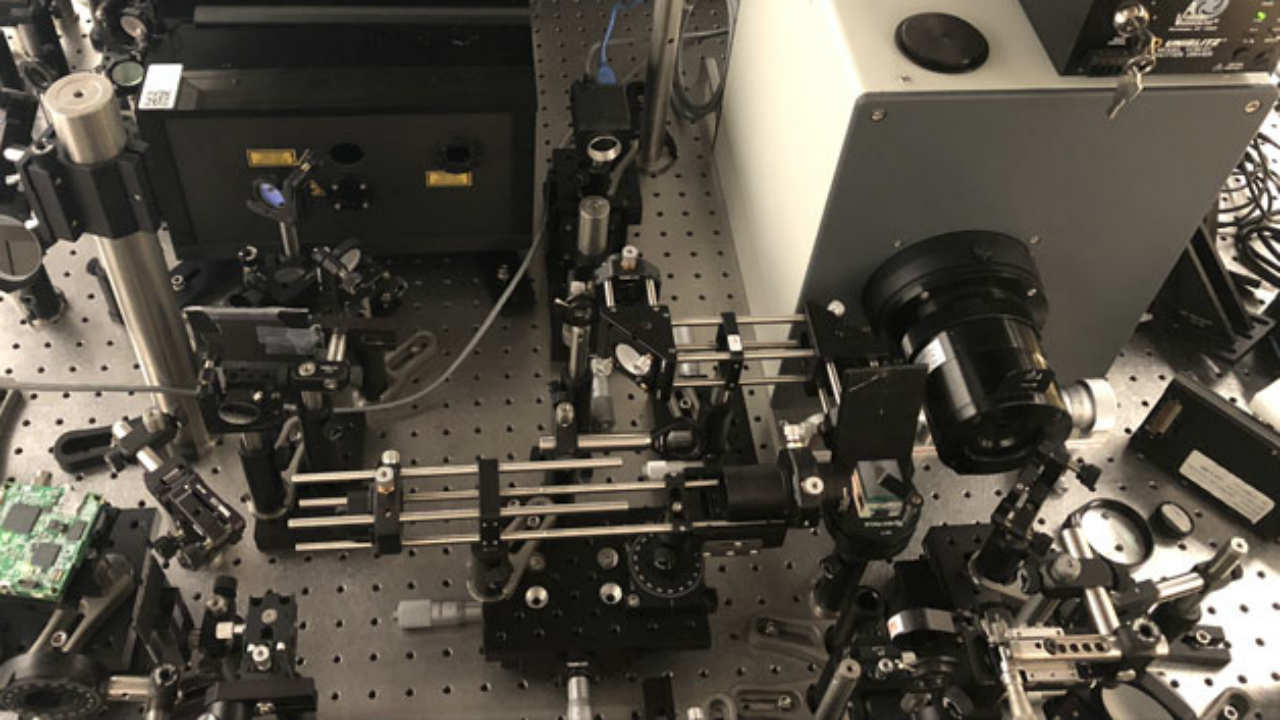Researchers have developed a new camera called the T-CUP, and it is supposed to be the world’s fastest camera because it can capture as many as ten trillion (10 to the power of 13) frames per second. Which also means that it has the capability to freeze time and even light. Researchers at
INRS (Institut National de la Recherche Scientifique) led by Caltech’s Lihong Wang, have developed the T-CUP. [caption id=“attachment_5376641” align=“alignnone” width=“1280”] The trillion-frame-per-second compressed ultrafast photography system. Image: INRS[/caption] According to a
report published by INRS the first time the ultrafast camera T-CUP was used, it was able to capture pulses and focus in the femtosecond range, which is 10-15 s. The
**last time we heard of the world's fastest camera was in 2014** when a team of biomedical engineers developed a camera that could capture events up to 100 billion frames per second. Then too, it was Lihong Wang, who was the professor of Biomedical Engineering at Washington University in St. Louis at the time. “For the first time, humans can see light pulses on the fly.” It’s 2018, and he wanted to take things up a notch with his group of researchers. The researchers started with Compressed ultrafast photography (CUP), which was at 100 billion frames per second. They then integrated it with femtosecond lasers. And this is how the new T-CUP system was born. [caption id=“attachment_5376631” align=“alignnone” width=“1280”]
The trillion-frame-per-second compressed ultrafast photography system. Image: INRS[/caption] “We knew that by using only a femtosecond streak camera, the image quality would be limited,” says Professor Lihong Wang. “So to improve this, we added another camera that acquires a static image. Combined with the image acquired by the femtosecond streak camera, we can use what is called a Radon transformation to obtain high-quality images while recording ten trillion frames per second.” T-CUP has now been used to set the world record for real-time imaging speed. The applications of the new camera include powering a new generation of microscopes for biomedical, materials science and other applications.
The fastest camera can power the new generation of microscopes for biomedical and materials science.
Advertisement
End of Article


)
)
)
)
)
)
)
)
)



